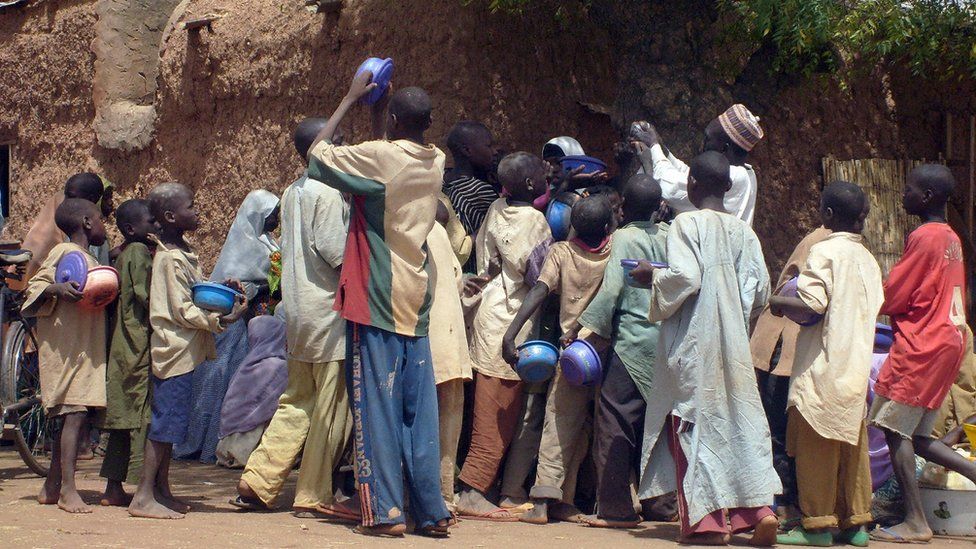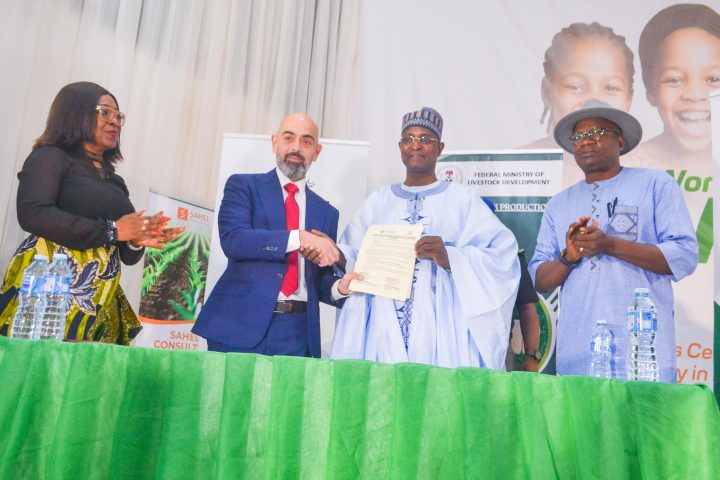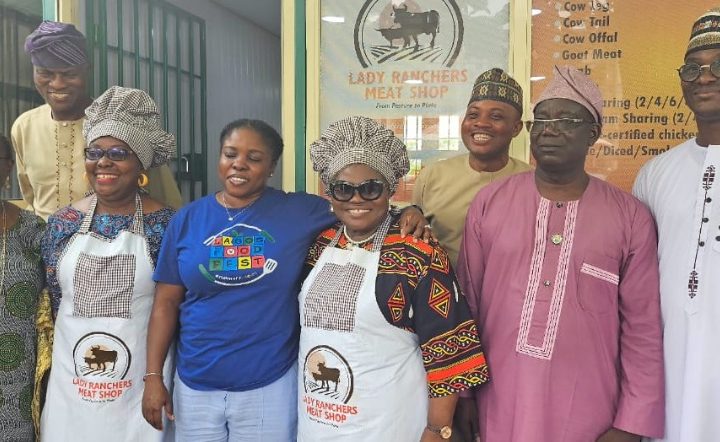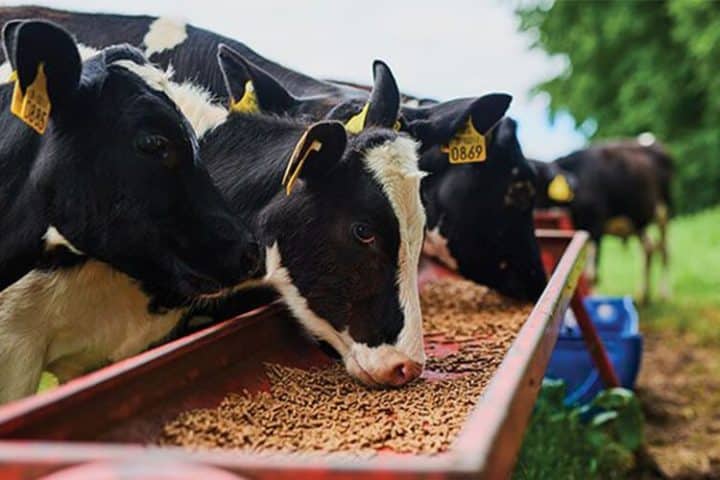I can remember the first time I was really hungry. It was over a weekend in 1994 while I was a student at the Federal Polytechnic Ilaro, Ogun State. I survived the weekend by foraging. A neighbour could only offer garri that smelt of soap. But I paid little care as I sifted out black particles resembling rat faeces before adding water, allowing it to gain mass, and then wolfing it down. Twenty-six years, the memory is still fresh in my mind.
But while my journey with hunger lasted only for about 48 hours, for many Nigerians, hunger is a constant companion and the long-held concept of taking three meals a day is no longer familiar. As the poverty capital of the world, it really should not be a surprise that Nigeria has a food crisis. The mad scramble for hidden palliatives during the Covid-19 lockdown in 2020 was a pointer to the hunger and desperation in the land. In response, the federal government released 70, 000 metric tons of grains from the Strategic Grains Reserve to combat the situation. But hunger persists nonetheless.
Join our WhatsApp ChannelAnd in a March report, the Food and Agriculture Organisation (FAO) and World Food Programme (WFP) highlighted “the adverse effects of the coronavirus disease 2019 (COVID-19) and related essential containment measures on the supply chain, the unfavourable macro‑economic conditions, high food prices, the escalation of armed and inter-community conflict, localized cereal production shortfalls and floods” as responsible for food insecurity in the country.
The report further said: “A steady deterioration that has already pushed 9.2 million people into Crisis or worse levels of acute food insecurity over the past two years is likely to continue.
“If this negative trend persists, it may lead to an increased risk of famine for areas of Borno State.”
The report continues: “Over the past year, food insecurity in Nigeria has reached levels that had not been observed since 2016–2017, with Adamawa, Borno and Yobe still the most affected states.”
It also grimly predicted that: “Real GDP is not expected to return to pre-crisis levels before 2023 or 2024, while income losses and rising food prices are resulting in sharp losses in purchasing power.”
That Nigeria’s agrarian prowess has diminished over the years is no news. The testament are the disappearing groundnut pyramids, yam barns, palm oil mills, fluffy cotton farms, and beautiful rice, sorghum and millet fields. But in reversing the trend, it seems our policies have not been realistic enough.
Let’s take rice for example, which in 2013 the federal government only allowed importation through its ports after imposing a 70% tax. Our neighbouring countries – Benin and Cameroun – did the opposite. And rice smuggling to Nigeria from those countries became the order of the day. The Nigeria Customs then became saddled with checking rice smugglers and chasing and hounding them in town, far from border posts among things. Then in August 2019, the land borders were closed to check, among other things, rice smuggling. Sadly, the move only ensured that the price of a bag of rice went up from about N12, 000 to an average of N25, 000, more than 100% increase. The case of profits for local farmers has resulted in everyone paying more for the same quantity of rice.
Ironically, in June, President Muhammadu Buhari, who is also a livestock farmer, expressed satisfaction at the action.
“We closed the borders and stopped the importation of food and gave a stern warning that, ‘let us eat what we produce’ and made sure that imported food can only come through the ports so that imported rice could not compete with local rice,” Buhari said.
“So that encouraged a lot of people to go back to the farms. There are people who left air-conditioned offices to go back to the farms and that was positive for Nigeria.”
No doubt, local rice production increased, but the country still faces a deficit of about 1.2 million metric tons according to the African Agricultural Technology Foundation (AATF). This was disclosed in July by Project Manager for AATF, Dr Kayode Sanni, during a review of a new species of rice, Nitrogen Efficient Water Efficient Salt Tolerant (NEWEST).
“From the observation and what has been happening in Nigeria, the production of rice has gone up a bit,” said Dr Sanni.
“As at 2015, we are about 3.9 million metric tons, and by 2019, we moved to about 4.5 million metric tons. However, we still have a deficit of about 1.2 million metric tons which our production has not been able to meet, and in order to meet that, we will import.”
According to him, the country’s average yield at 2.2 tons per hectare is low compared to the “global average yield which is about 4.3 tons per hectare.”
O’ level economics should have pointed to the policymakers that a country need not produce everything it consumes but rather specialise in its strengths and seek to trade to get what it lacks.
Curiously, the National Bureau of Statistics (NBS) reported that Nigeria’s agricultural imports between Q2 2019 and Q1 2020 was worth N3.1 trillion. And it spiked by 140% year-on-year for the first quarter of 2021 to N630.18bn from N262.1bn for the same period in 2020.
But it’s not only importation that has affected food prices. Garri, another Nigerian staple made from cassava, has also seen a hike from about N10, 000 in January 2020 to about N22, 000 presently, an increase of more than 100%. Equally, prices of other foodstuffs have also soared.
Despite all the goings-on, the Nigerian government is concerned about arresting food insecurity and has designed initiatives to farmers like the Anchor Borrowers’ Program, the Targeted Credit Facility and the Agri-Business Small and Medium Enterprise Investment Scheme (AGSMEIS). Also, there are interventions like the ‘Feed the Future’ initiative by the United States Agency for International Development (USAID)/Nigeria and the ‘Youth Agriprneurs’ by the International Institute of Tropical Agriculture (IITA) to spark interest of youths in agriculture.
But above all, the government must combat insecurity to ensure farmers don’t abscond from their farms. As it is, many farmers are constantly attacked by Boko Haram terrorists, bandits, ‘killer herdsmen’ and kidnapped for ransom. In addition, farmers should adopt modern practices. For instance, it is now known that not all soils are suitable for all crops. Likewise, it would not be the same kind of fertiliser that would be suitable for all soils. This knowledge would go a long way to improving yields and best farm practices.
Also, the agriculture value chain should be harnessed. For instance, good transportation systems utilising rail and roads are necessary just as investing in preservation of perishables like tomatoes and peppers and other vegetables to keep these foods fresher for longer. Sadly, a November 2020 news report found out that 33 of the silos with a total capacity of 1.3 million metric tons of grains were empty or put into other uses. Lamenting, Director, Strategic Grains Reserve at the Federal Ministry of Agriculture and Rural Development, Dr Haruna Sule, restocking them would cost the federal government over N98b, an amount above the ministry’s budget. Measures to correct this must be taken by the government.
Of course, farmers have to contend with other uncontrollable factors like the weather but the government must begin to play its role properly if the nation is to avert the grim predictions of famine.
















Follow Us